PPT-Refactoring RPG What, Why and How
Author : ellena-manuel | Published Date : 2019-12-14
Refactoring RPG What Why and How Ted Holt Senior Software Developer Profound Logic Software Senior Technical Editor itjunglecom What is refactoring a change made
Presentation Embed Code
Download Presentation
Download Presentation The PPT/PDF document "Refactoring RPG What, Why and How" is the property of its rightful owner. Permission is granted to download and print the materials on this website for personal, non-commercial use only, and to display it on your personal computer provided you do not modify the materials and that you retain all copyright notices contained in the materials. By downloading content from our website, you accept the terms of this agreement.
Refactoring RPG What, Why and How: Transcript
Download Rules Of Document
"Refactoring RPG What, Why and How"The content belongs to its owner. You may download and print it for personal use, without modification, and keep all copyright notices. By downloading, you agree to these terms.
Related Documents

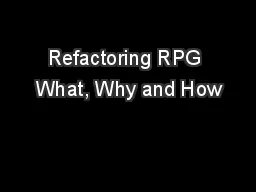
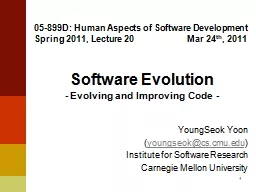
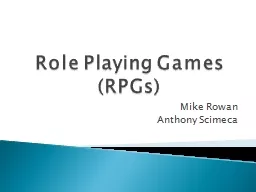



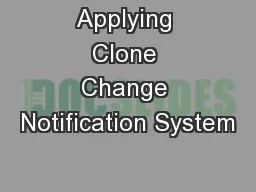
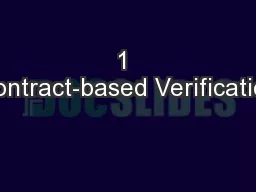
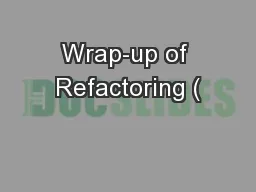
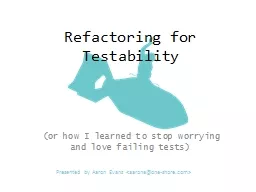
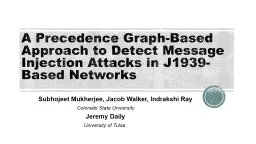
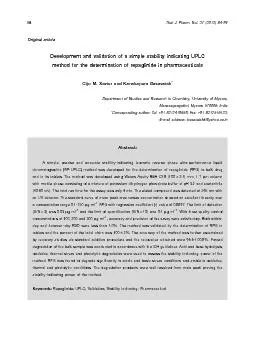
![[READ]-Unity from Proficiency to Mastery: Artificial Intelligence: Implement Challenging](https://thumbs.docslides.com/979265/read-unity-from-proficiency-to-mastery-artificial-intelligence-implement-challenging-ai-for-fps-and-rpg-games.jpg)
![[READING BOOK]-DOS: Programming Success in a Day: Beginners guide to fast, easy and efficient](https://thumbs.docslides.com/987031/reading-book-dos-programming-success-in-a-day-beginners-guide-to-fast-easy-and-efficient-learning-of-dos-programming-dos-ada-programming-dos-programming-ada-linux-rpg-ada-programming-android-java.jpg)